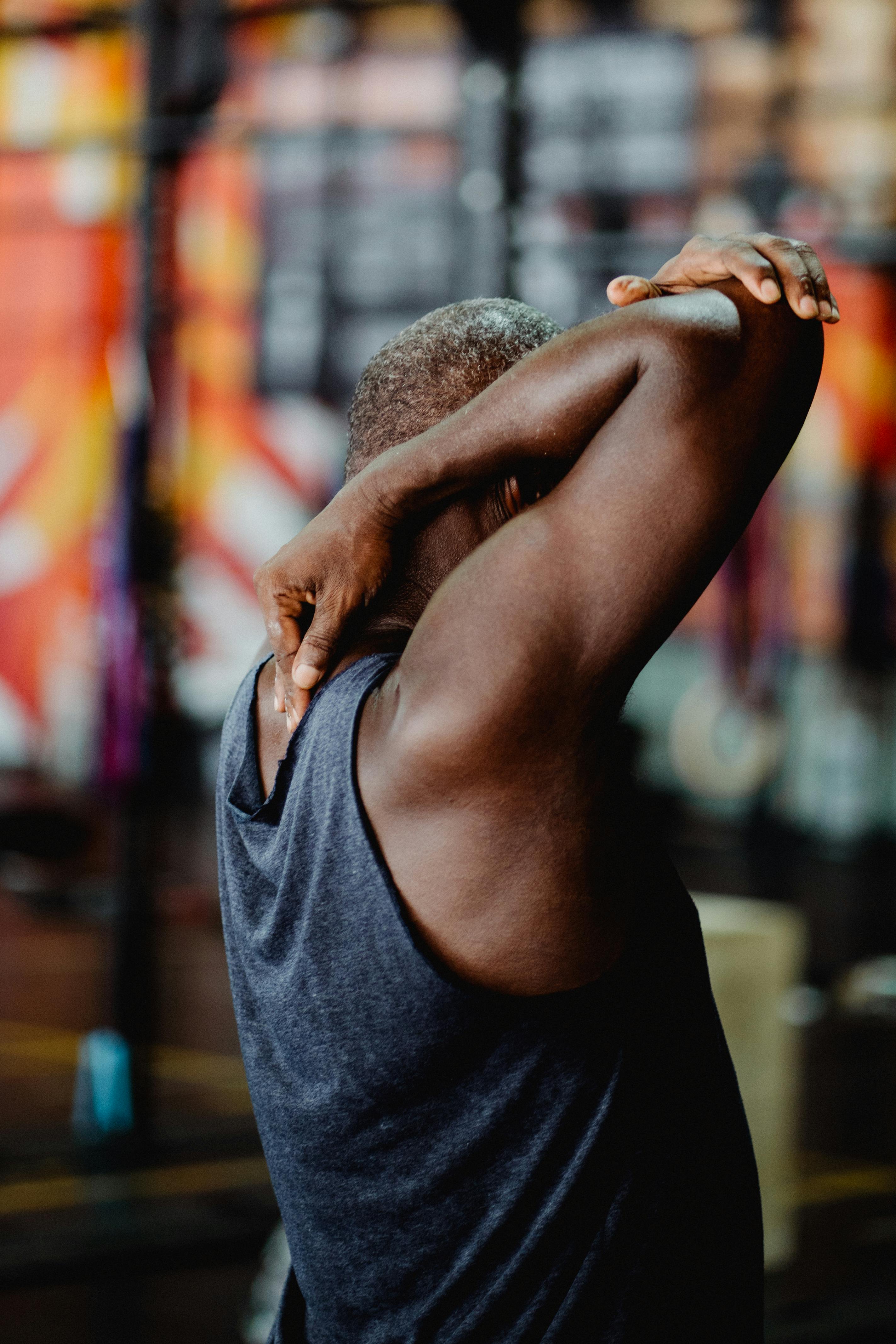Best 5 Effective Exercises for Durable Hintere Schulter Strength in 2025
Building strength in the hintere Schulter (rear shoulder) is essential for overall shoulder health, performance in sports, and injury prevention. This article outlines five effective exercises tailored for enhancing strength in this area, emphasizing proper technique and safety. Whether you’re a beginner or a seasoned fitness enthusiast, these exercises will help you in your Schultertraining journey, boost your Rückenschulter Übungen, and support your overall fitness goals. We will also touch on the importance of developing proper Körperhaltung and preventing Rückenschmerz through targeted training. By the end of the article, you will find actionable tips and techniques for strengthening your Schultermuskulatur.

Essential Exercises for Strengthening Your Hintere Schulter
1. Reverse Flys: Targeting the Rear Delts
Reverse Flys are a core exercise for developing the hintere Schultermuskulatur. This movement isolates the rear deltoids, enabling greater shoulder stability and muscle definition. To perform Reverse Flys:
- Stand with your feet shoulder-width apart, holding a dumbbell in each hand.
- Slightly bend your knees and hinge forward at the hips while maintaining a straight back.
- With palms facing each other, lift the weights out to your sides in a wide arc until your arms are parallel to the floor.
- Slowly lower the weights back to the starting position and repeat.
Incorporate this exercise into your routine to build Schulterkräftigung effectively.
2. Plank Shoulder Press: Stability Meets Strength
The Plank Shoulder Press combines core stability and upper body strength, targeting the shoulders and improving overall posture. Here’s how to perform it:
- Begin in a plank position, with your hands placed directly under your shoulders.
- While maintaining the plank, lift one hand to press a dumbbell overhead, then return to the starting position and alternate sides.
This dynamic movement strengthens the correctness of your Schulterdrücken Technik, perfect for athletes looking to enhance performance.
3. Thera-Band Pull Aparts: Resistance Training at Home
Using a Thera-Band to perform Pull Aparts focuses on scapular retraction and rear deltoid activation. Follow these steps:
- Hold the Thera-Band with both hands in front of you, at shoulder height.
- Pull the band apart while squeezing your shoulder blades together.
- Control the return motion to maintain tension on the band throughout the movement.
This exercise is particularly useful for those doing Körpergewichtstraining für Schultern.
4. Face Pulls: Engaging the Upper Back
Face Pulls are excellent for improving upper body strength while promoting healthy shoulder mechanics. Here’s how to execute this move:
- Using a cable machine, set the pulley at shoulder height and grab the ropes with both hands.
- Pull the ropes towards your face, keeping your elbows high and squeezing your shoulder blades together.
This effective exercise aids in preventing Verletzungen and improving shoulder mobility.
5. Bent-Over Dumbbell Rows: A Compound Approach
This classic movement not only targets the rear delts but also incorporates the upper back muscles for comprehensive strength development:
- Stand with your feet hip-width apart, holding a dumbbell in each hand.
- Bend at the waist, keeping your back flat, and row the weights towards your abdomen.
Incorporate this into your training for robust, well-defined Schultermuskeln.
As we drill down into these effective exercises, the focus shifts to understanding how to properly execute and integrate them into your regular fitness routine.
Enhanced Mobility and Strength: Techniques for Optimal Schulteraufbau
Warm-Up for Shoulder Health
Before engaging in intense肩部训练, it’s imperative to properly warm up. A thorough warm-up not only prevents injuries but also enhances performance. Incorporate dynamic stretches such as shoulder rolls and arm circles to mobilize the shoulder joints. This preparation is vital in reducing the risk of shoulder joint pain and improving overall flexibility.
Cool Down and Stretch: Essential Post-Workout Practices
After your workout, dedicate time to cool down and stretch your shoulders. This aids in recovery and promotes muscle flexibility. Focus on static stretches like the across-the-chest stretch to maintain shoulder mobility and reduce muscle tension.
Proper Form: Avoid Common Mistakes
Common mistakes in these exercises can lead to shoulder strain. Ensure that you:
- Maintain a neutral spine and avoid excessive arching during movements.
- Use appropriate weights that allow for controlled movements.
- Focus on breathing techniques to maintain intra-abdominal pressure during lifts.
Proper form is crucial for both effectiveness and injury prevention.
Integration into a Comprehensive Training Plan
To achieve fitness goals effectively, consolidate these exercises into a balanced shoulder training plan. Aim to perform these movements 2-3 times a week, along with complementary exercises that focus on overall body strength. For tailored advice, consider consulting a Fitnesstrainer for personalized progress tracking and feedback.

Common Questions About Hintere Schulter Training
What Are the Benefits of Strengthening the Hintere Schulter?
Strengthening the rear shoulder not only improves athletic performance but also plays a critical role in maintaining a healthy shoulder joint, improving posture, and preventing injuries. As the upper back and scapular muscles get stronger, they better support the shoulder blades, significantly enhancing shoulder stability.
How Can I Track My Progress in Shoulder Training?
Keep a training journal detailing the exercises, weights, and repetitions. This record can help you identify patterns in your training, allowing for adjustments and improvements. Use this information to set realistic progress goals every few weeks.
Can I Do These Exercises Without Equipment?
Many of these exercises can be adjusted to use your body weight, particularly in a home setting. Movements such as Push-Ups with a focus on shoulder activation can be excellent substitutes in a bodyweight workout routine.
What Should I Do If I Experience Pain During Shoulder Training?
If you experience persistent pain during any shoulder exercises, it’s crucial to reassess your form and weight. Consider taking a break from any shoulder training and consult a healthcare professional or physiotherapist to address potential underlying issues.
How Often Should I Train My Shoulders for Best Results?
To see significant improvements, integrate shoulder training into your weekly routine 2-3 times. Adequate recovery days are essential, so balance your workouts with other body parts for overall strength building.
By focusing on effective exercises and their integration into a well-rounded regime, you can achieve remarkable results in your shoulder strength training while maintaining health and functionality of your shoulder joints.
